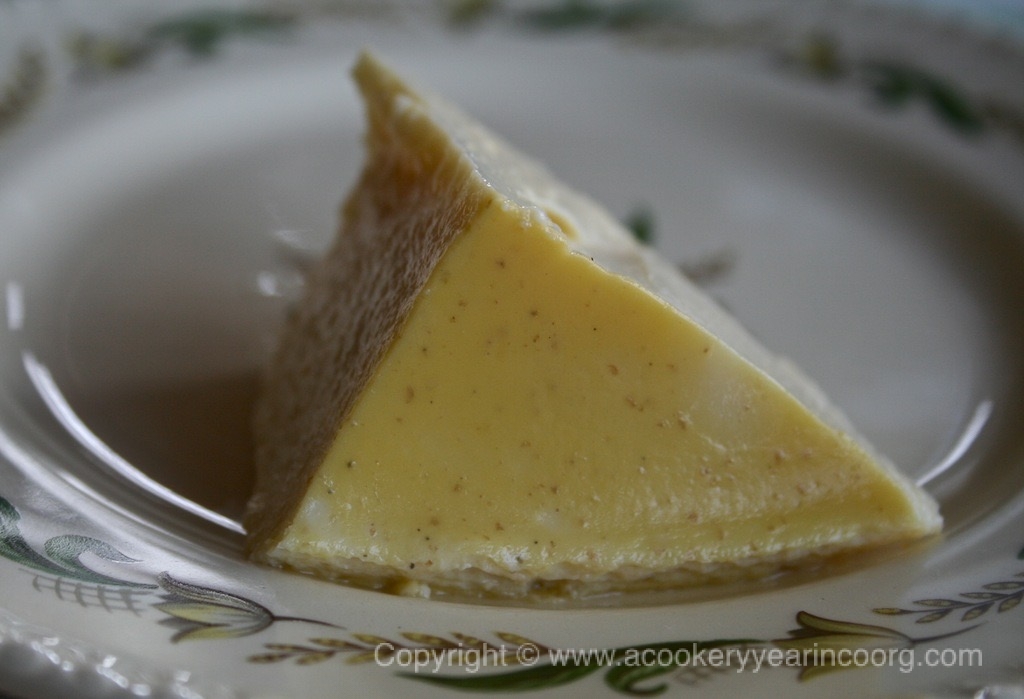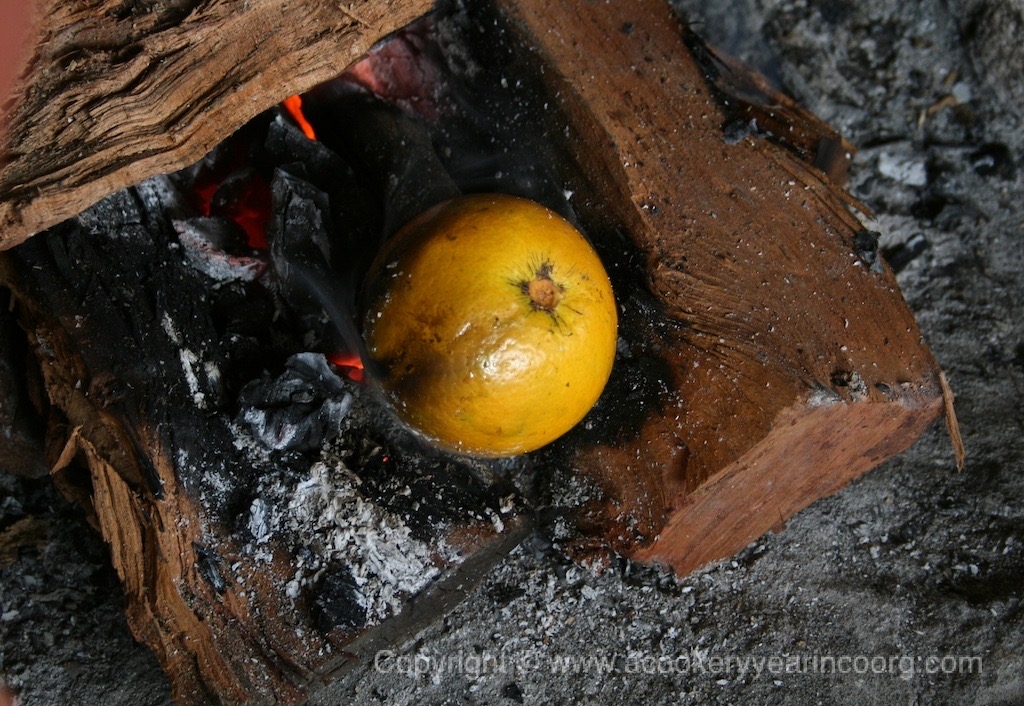It’s spring, and here in Vancouver there’s a flurry of thawing, sprouting, blossoming and blooming activity about. On farms across the region, this is also typically the time when calving takes place. And that reminds me of one the more unusual foods we were treated to on holidays spent in Coorg – ginnu, a steamed, spiced custard made from the milk of newly calved cows. Although, given the parallels one finds in many different societies in India and around the world, perhaps it isn’t that unusual a food at all. Call it ginna, ginnu, junnu, posu, kharvas, or, for a little international flavour, beestings, Ábrystir, or the charmingly named kalvdans (dance of the calf in Swedish), they’re all versions of the same thing – colostrum pudding!
My grandparents in Coorg maintained a few cows for the dairy needs of the household, and we enjoyed the best “dairy-fresh” milk, butter, ghee, yogurt, cream, and ginnu, of course. I had assumed it was the same for my mother when she was growing up there, so it came as a surprise to hear that things were a little different back then.The cows, it seems, were a later arrival – a concession to the relatively diminished demands of the household. Back in the day, it was buffaloes all the way, so the dairy produce in the home was all made from rich, creamy buffalo milk.
A newly calved cow (or buffalo) will produce colostrum in the first few days after giving birth.The very first milk, which is a dark yellow, is typically discarded, before the calf is allowed to feed. The milk used for making ginnu is usually from the second and third milking, when it is at its richest.We were told often enough not to eat too much ginnu because it was “rich”. While that usually calls to mind fatty foods, in this case, the milk can actually be lower in fat than regular milk – depending on the breed, but it is very high in albumin, globulin, iron, and a host of antibodies, all essential to the healthy growth of that wobbly little calf. Perhaps they were just trying to prevent us from turning into little cows (or buffaloes)!


